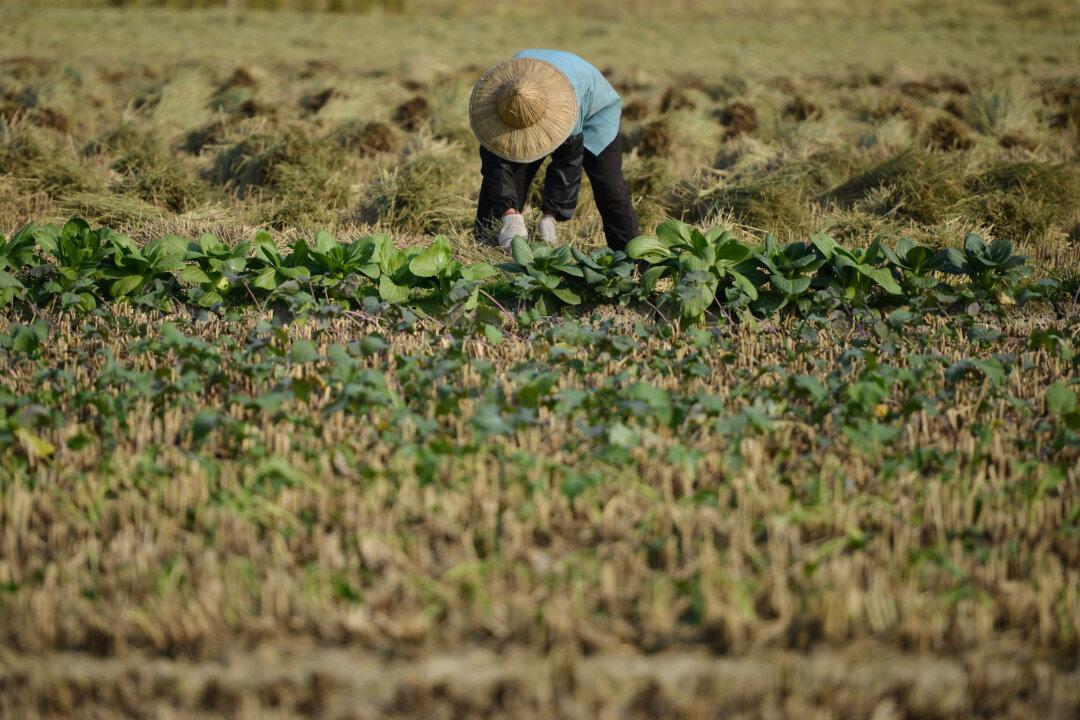Chinese top politicians are facing a tough bottleneck issue, how to develop China’s stock of seeds and breeding animals, at the two sessions—the Chinese Communist Party’s most important annual political conference from March 4 to 11.
“China faces a similar dilemma in the seeds and breeding animals industries as it does with semiconductor chips,” China News Weekly reported on March 9.





